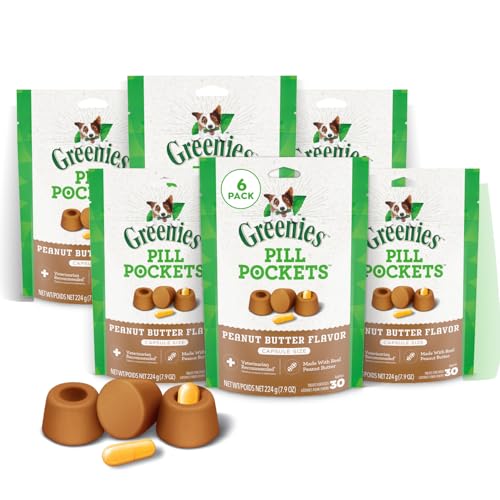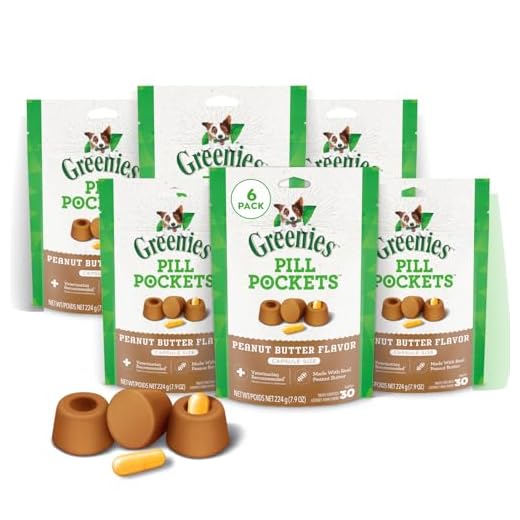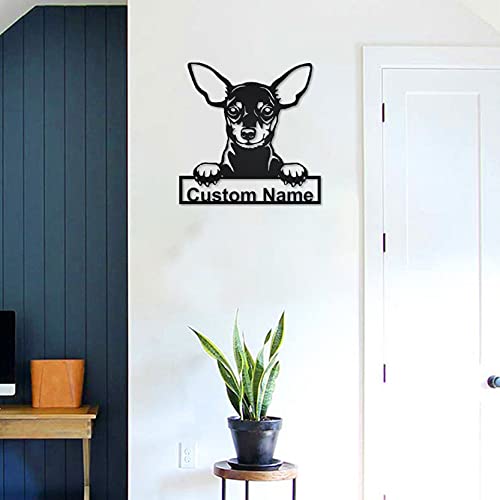








Act swiftly by treating the little intruders with a vet-recommended topical solution or oral medication. These treatments not only eliminate existing pests but also prevent future infestations. Regularly check for any signs of irritation or discomfort on the animal’s skin.
Next, focus on the living environment. Wash all bedding, toys, and any fabric the furry friend frequently contacts in hot water. Vacuum carpets and upholstery meticulously, discarding the vacuum bag or emptying the canister outdoors to prevent reinfestation.
Consider using a flea comb daily to remove any remaining eggs or adults from the coat. This simple tool can be a game changer in managing the situation. Additionally, talk to a veterinarian about long-term prevention strategies, including flea collars or treatments that provide ongoing protection from these nuisances.
Lastly, keep an eye on other pets in the household. Fleas can easily transfer between animals, so treat all furry companions simultaneously to ensure a thorough eradication. By taking these proactive steps, a healthy and happy environment can be restored for everyone involved.
Immediate Actions for Flea Infestation
Begin treatment with a vet-recommended topical solution or oral medication specifically designed to eliminate these parasites. Follow the instructions carefully for dosage and application frequency. Regularly check the chosen product for any potential side effects and consult a veterinarian if any adverse reactions occur.
Next, thoroughly clean the living environment. Wash all bedding and fabric items using hot water to kill any remaining eggs or larvae. Vacuum carpets, rugs, and upholstery meticulously, then dispose of the vacuum bag or empty the canister outside to prevent re-infestation.
Consider using a flea comb to catch any remaining critters on your furry friend’s coat. This tool is particularly effective in identifying and removing fleas and their eggs. Regular grooming helps monitor the situation and keeps the fur in good condition.
Incorporate preventative measures. After resolving the current issue, explore options such as flea collars or monthly treatments to keep future infestations at bay. Staying proactive is key to maintaining a flea-free home.
Lastly, if training is also on your agenda, why not check out this guide on how to run a dog training class? It’s a great way to bond while ensuring your companion remains well-behaved and happy.
Identify the Signs of Flea Infestation
Look for persistent scratching or biting at the skin. If a canine is frequently pawing at its body or rolling on the floor, it’s a clear signal that something is irritating the skin.
Visual Indicators
Check for small dark specks in the fur, often referred to as flea dirt. This can be mistaken for dirt, but if you moisten it and it turns red, it’s a sign of blood and indicates a problem. Additionally, examine the belly and inner thighs; these areas are commonly affected.
Behavioural Changes
A shift in behaviour can also reveal an issue. Increased restlessness or an unwillingness to settle down might indicate discomfort. Watch for excessive grooming; this can lead to hot spots or skin infections.
| Sign | Description |
|---|---|
| Scratching | Frequent scratching or biting at the skin. |
| Flea Dirt | Small dark specks that turn red when moistened. |
| Behavioural Changes | Restlessness and excessive grooming. |
| Skin Irritation | Red, inflamed areas or hot spots. |
Monitoring these signs can facilitate timely intervention, ensuring a comfortable and healthy life for the furry companion. Always consult a veterinarian for confirmation and to discuss treatment options.
Choose the right flea treatment for your pet
Before selecting a treatment, consult a veterinarian to determine the best option tailored for the specific breed and age of the animal. This step prevents any adverse reactions and ensures effectiveness.
- Topical Solutions: These are applied directly to the skin, often between the shoulder blades. They’re fast-acting and can last for several weeks. Popular brands include Frontline and Advantage.
- Oral Medications: Pills or chewables that provide internal protection. They often kill fleas within hours. Options like NexGard and Bravecto are well-regarded for their rapid action.
- Collars: Flea collars release active ingredients that repel or kill fleas for months. Seresto is a highly recommended collar due to its long-lasting effects.
- Shampoos: Using a flea shampoo can provide immediate relief during a bath. Look for products that contain pyrethrin or permethrin for effective results.
- Natural Remedies: Some owners prefer to use essential oils like lavender or cedarwood, but caution is advised. Always dilute and check for sensitivities, as some oils can be toxic.
After selecting a product, ensure to follow the instructions meticulously. Administering too much or too little can reduce effectiveness or harm the pet. Regular treatments may be necessary to keep those nuisances at bay, especially in warmer months.
Additionally, it’s vital to treat the living environment. Vacuum carpets and wash bedding regularly to eliminate eggs and larvae. Consider using a household spray specifically designed to combat fleas.
Lastly, monitor for any side effects post-application. Signs like excessive scratching, lethargy, or changes in appetite may indicate a reaction. If these occur, contact a veterinarian immediately.
Apply Topical Flea Treatments Correctly
Before applying any topical treatment, ensure the fur is clean and dry. Bathing a pet right before application can reduce effectiveness by washing off the product. Wait at least 24 hours post-bath for optimal results.
Application Techniques
Part the fur on the back of the neck or between the shoulder blades to expose the skin directly. This area prevents licking, which can lead to ingestion. Squeeze the applicator firmly to ensure the medication is applied directly onto the skin. Avoid applying it on the fur, as this can hinder absorption.
Post-Application Care
After application, keep pets away from water sources for at least 24 to 48 hours. This allows the treatment to absorb fully into the skin. Monitor for any unusual reactions, such as excessive scratching or irritation. If any adverse effects occur, consult a veterinarian immediately.
Administer Oral Flea Medications Safely
Before giving any oral flea medication, consult a veterinarian for proper dosage and suitability for the specific breed or age. Always read the label thoroughly. Measure the medication accurately using the prescribed tool, avoiding guesswork. Administer the treatment during or after a meal to reduce the chance of gastrointestinal upset.
Monitor the pet closely for any adverse reactions post-administration. Signs to watch for include vomiting, diarrhoea, or unusual lethargy. If any of these occur, contact a veterinary professional immediately. It’s crucial to keep track of the treatment schedule, ensuring that doses aren’t missed or doubled.
If multiple pets are present, ensure that each one receives their specific medication and is kept separate during treatment to avoid accidental ingestion of another’s dose. Store all medications in a secure location, out of reach from curious paws. This simple precaution can prevent accidental overdoses or ingestion of harmful substances.
Regularly check for any signs of fleas after treatment, as some medications may require reapplication. Keeping a consistent flea control routine can help maintain a comfortable and healthy environment for both pet and owner.
Implement a Cleaning Routine for Your Home
Establishing a rigorous cleaning regimen is key to eliminating any unwelcome visitors. Start with vacuuming all carpets, rugs, and upholstered furniture at least twice a week. Ensure you dispose of the vacuum bag or empty the canister immediately after each session to prevent re-infestation.
Focus on High-Traffic Areas
- Concentrate on places where your furry friend spends time, such as living rooms and bedrooms.
- Pay special attention to corners and under furniture, as these spots often gather dust and debris.
- Consider using a vacuum with a HEPA filter for maximum efficiency in trapping allergens and pests.
Wash Bedding and Fabrics
- Wash all pet bedding, blankets, and any removable fabric covers weekly in hot water.
- For non-washable items, steam cleaning can be effective in eliminating eggs and larvae.
- Don’t forget to clean personal bedding and linens, as these can also harbour unwanted pests.
Regularly dust shelves, baseboards, and other surfaces to keep the environment less inviting for any lingering eggs. Consider using a mixture of water and vinegar as a natural cleaning solution that can deter pests without harsh chemicals.
Finally, maintain a tidy space by decluttering. Reducing the number of items around the home can limit hiding spots. Keeping the environment clean significantly reduces the chances of any resurgence.
Prevent Future Flea Infestations
Regularly treat pets with preventive medication. Options include topical solutions or oral pills that target fleas before they become a problem. Consult a vet to find the most suitable method tailored to the specific pet’s needs.
Maintain a Clean Environment
Vacuum frequently, especially areas where animals rest or play. Pay special attention to carpets, upholstery, and any nooks where eggs might hide. Dispose of vacuum bags immediately or empty the canister outside to prevent re-infestation.
Yard Maintenance
Keep the grass trimmed and remove debris regularly. Fleas thrive in shaded areas, so ensure sunlight reaches all parts of the yard. Consider using outdoor flea treatments, but ensure they are safe for surrounding wildlife and pets.
Implementing these strategies will significantly reduce the likelihood of future infestations. Staying proactive is key to maintaining a comfortable and healthy living space for both pets and humans alike.
Consult a veterinarian for persistent issues
In situations where conventional remedies fail, seeking professional advice is paramount. Persistent irritation or recurrent infestations warrant a thorough examination. A veterinarian can identify underlying health conditions exacerbating the situation, such as allergies or skin infections. Additionally, they may recommend specific diagnostics, including skin scrapings or blood tests, to determine the best course of action.
Tailored Treatment Plans
Every animal responds differently to treatments. A vet can prescribe medications tailored to particular needs, ensuring the most effective approach. This might include stronger topical solutions or prescription oral medications that are not available over the counter. Always follow the guidance provided for safe and effective use of any medication.
Preventative Measures
Tailored advice doesn’t stop once the immediate issue is resolved. Discuss long-term strategies for flea prevention. Regular check-ups can help keep these nuisances at bay. A vet may suggest seasonal treatments or adjustments in grooming routines to mitigate the risk of future infestations. For pet owners with additional animals or even small pets, like guinea pigs, understanding how to manage their care, including how big can guinea pigs grow, is equally important in maintaining a flea-free environment.
In sum, if signs persist despite home treatments, don’t hesitate to reach out for expert assistance. The health and comfort of a beloved companion should always come first.








